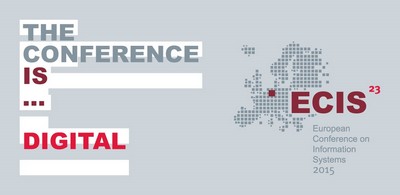DOI
10.18151/7217380
Abstract
Whilst the adoption and diffusion of mobile banking has revolutionised the banking sector in developing countries, paucity remains on exploring the role of mobile banking for government-to-person (G2P) transfers. Through an interpretive case study of the Benazir Income Support Programme (BISP) in Pakistan, the paper investigated how the adoption of mobile phones enabled and constrained poor women for receiving G2P payments and its impact on poor households. We analysed the qualitative data collected, through semi-structured interviews, from semi-urban women users, programme designers and mobile banking providers through the structuration lens. We argued that albeit m-banking was ‘socially constructed’ and ‘socially embedded’ within the organisational context that enabled BISP designers, it imposed technological and human constraints upon women users. Our findings further revealed that the diffusion of m-banking empowered women for social inclusion, but financial inclusion was limited in providing access to a range of financial services. We contributed to the theoretical literature by contending that Orlikowski’s Duality of Technology failed to address the issue of ‘human poverty’ through the Capabilities Approach. So unless there was a paradigm shift through which m-banking provided ‘capabilities’ in enabling micro-entrepreneurial development, m-banking would remain palliative for poverty ‘alleviation’ rather than poverty ‘elimination’ in Pakistan. \ \ Keywords: mobile banking, adoption, diffusion, government-to-person payments (G2P), poor women, social inclusion, financial inclusion, capabilities, Pakistan \
Recommended Citation
Kemal, Atika A. and Yan, Lin, "Mobile Banking Adoption and Diffusion: Enabling and Constraining Social or Financial Inclusion among Poor Women in Pakistan?" (2015). ECIS 2015 Completed Research Papers. Paper 96.
ISBN 978-3-00-050284-2
https://aisel.aisnet.org/ecis2015_cr/96


